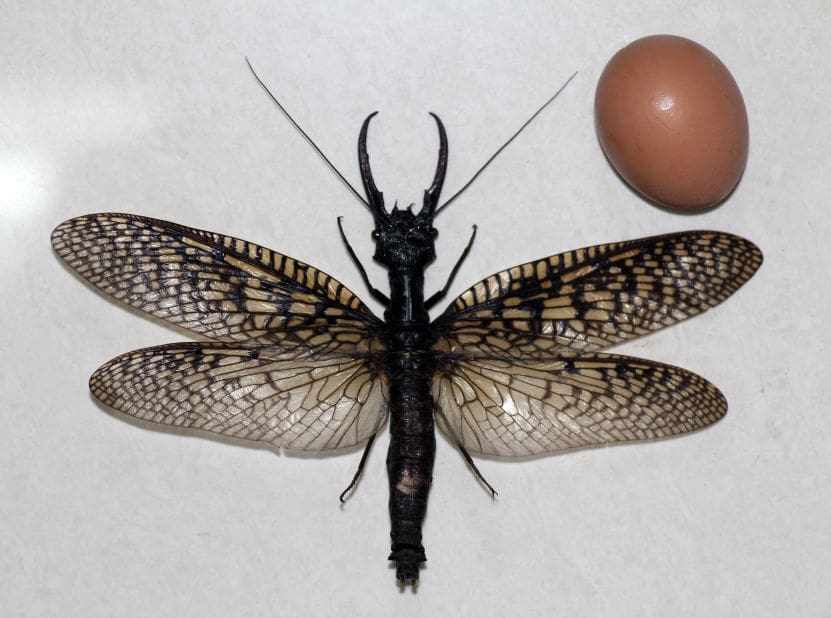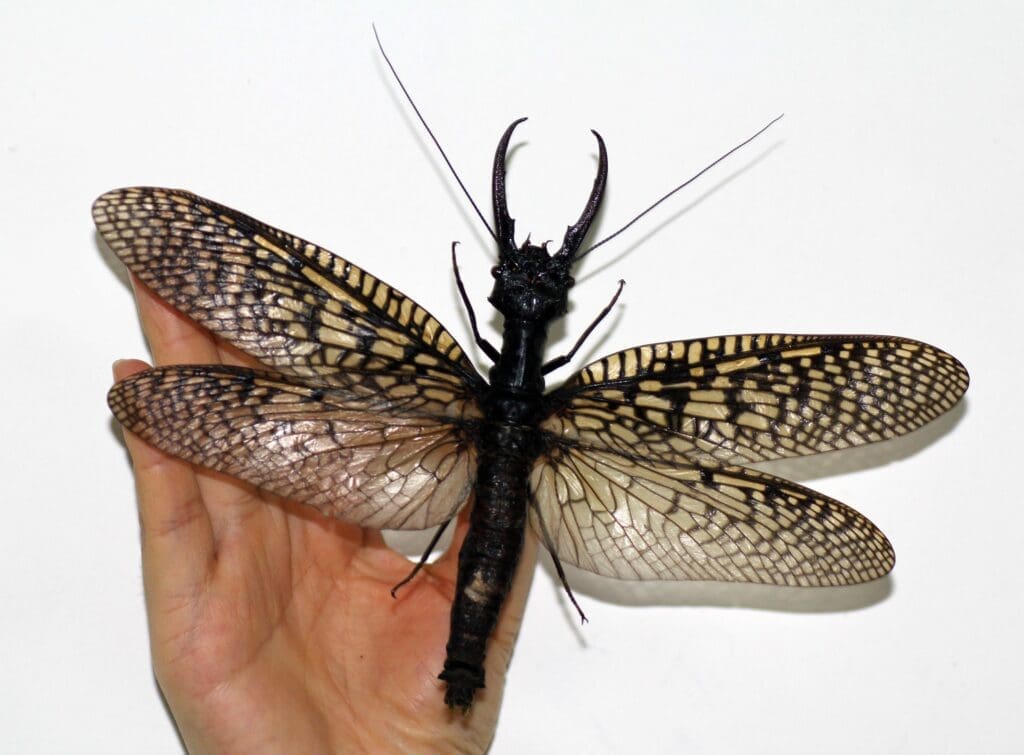In “The World of Aquatic Pests,” you will uncover a fascinating realm filled with unique and often pesky creatures. From invasive species wreaking havoc on ecosystems to the hidden dangers lurking in your very own backyard pond, this article will provide a comprehensive overview of these watery critters. Prepare to be amazed as we explore the intriguing world of aquatic pests and delve into effective solutions for pest control.

1. Introduction
Welcome to the fascinating world of aquatic pests! In this comprehensive article, we will explore the definition and types of aquatic pests, their impact on ecosystems and human health, as well as common characteristics of these pests. We will also discuss various prevention and control methods, the impact of aquatic pests on industries, regulations and policies surrounding aquatic pest management, and highlight case studies of successful pest control. By the end of this article, you will have a deep understanding of aquatic pests and the measures taken to manage them effectively.
2. Definition and Types of Aquatic Pests
2.1 Definition of Aquatic Pests
Aquatic pests are organisms that thrive and reproduce in aquatic habitats, causing harm to the environment, ecosystems, and human activities. These pests can range from insects, plants, mollusks, to amphibians, and fish. They have the potential to disrupt the delicate balance of aquatic ecosystems, leading to severe ecological and environmental consequences.
2.2 Types of Aquatic Pests
Aquatic pests come in various forms, each with its unique characteristics and ecological impact. Some common types of aquatic pests include mosquitoes, water hyacinth, zebra mussels, Asian carp, nutria, and bullfrogs. Each of these pests poses a distinct threat to aquatic environments and requires individualized management strategies.
3. Impact of Aquatic Pests on Ecosystems
3.1 Disruption of Ecological Balance
Aquatic pests have the ability to disrupt the ecological balance of aquatic ecosystems. For instance, invasive species like zebra mussels can outcompete native species for resources, leading to a decline in biodiversity and altering the overall ecosystem dynamics. Additionally, the excessive growth of aquatic plants such as water hyacinth can deplete oxygen levels in the water, suffocating other organisms and disrupting the natural food chain.
3.2 Threat to Biodiversity
One of the most significant impacts of aquatic pests is the threat they pose to biodiversity. Invasive species can outcompete and displace native species, ultimately causing their decline or extinction. The loss of native species not only disrupts the natural balance but also affects the overall health and resilience of the ecosystem. Aquatic pests can also introduce diseases that can be fatal to native species, further jeopardizing the delicate biodiversity of aquatic environments.
4. Aquatic Pests and Human Health
4.1 Transmission of Diseases
Aquatic pests, particularly mosquitoes, can pose a significant threat to human health by acting as vectors for various diseases. Mosquitoes are known to transmit diseases like malaria, dengue fever, West Nile virus, and Zika virus. These diseases can have severe health consequences and even lead to fatalities. The presence of aquatic pests increases the risk of disease transmission, especially in areas with inadequate sanitation and healthcare facilities.
4.2 Allergic Reactions
In addition to disease transmission, aquatic pests can also cause allergic reactions in humans. Some individuals may experience skin rashes, itching, or respiratory issues when exposed to certain aquatic pests. This can be particularly concerning for individuals who frequently engage in water-based activities, such as swimming or boating.

5. Common Aquatic Pests and Their Characteristics
5.1 Mosquitoes
Mosquitoes are perhaps the most well-known and widespread aquatic pests. They thrive in stagnant water and can breed rapidly, posing a significant threat to human health due to their ability to transmit diseases. Mosquitoes typically have a long, slender body with long legs and a proboscis used for feeding on blood. Implementing effective mosquito control measures, such as eliminating stagnant water sources and using insecticides, is crucial in managing their population.
5.2 Water Hyacinth
Water hyacinth is a highly invasive aquatic plant that can rapidly expand and cover large areas of water bodies. Its thick mats of vegetation can block sunlight, preventing the growth of other aquatic plants and depleting oxygen levels in the water, leading to adverse effects on fish and other organisms. Mechanical and chemical control methods, along with manual removal, are commonly employed to manage water hyacinth infestations.
5.3 Zebra Mussels
Zebra mussels are small, striped mollusks native to Eastern Europe and Asia, but have become invasive in many freshwater ecosystems worldwide. They attach themselves to surfaces such as boats, docks, and native mollusk shells, causing damage and disrupting ecosystems. The economic impact of zebra mussel infestations can be substantial, prompting the use of various control methods, including chemicals, heat treatments, and physical removal.
5.4 Asian Carp
Asian carp, specifically the silver and bighead carp, are large, fast-growing fish that have become highly invasive in North American waterways. Their aggressive feeding habits and rapid reproduction rates outcompete native fish species, leading to a decline in native fish populations. Electric barriers, commercial fishing, and biological control measures are used to manage Asian carp populations and prevent their further spread.
5.5 Nutria
Nutria, also known as coypu, are semi-aquatic rodents native to South America. They have been introduced to various regions worldwide, where they pose a significant threat to wetlands and agricultural areas. Nutria consume large amounts of vegetation, resulting in the degradation of marshes and causing soil erosion. Trapping and hunting are commonly used to control nutria populations and minimize their impact on ecosystems.
5.6 Bullfrogs
Bullfrogs are amphibious pests that have been introduced to many parts of the world, where their populations have thrived and posed a threat to native amphibians. They are known for their voracious appetite and ability to consume a wide range of prey, including fish, other frogs, and even small birds. This predation can lead to the decline of native amphibian populations and disrupt the ecological balance of wetland ecosystems. Efforts to control bullfrog populations focus on trapping and removing adult frogs, as well as targeting their tadpoles and eggs.
6. Prevention and Control of Aquatic Pests
6.1 Monitoring and Early Detection
Monitoring and early detection of aquatic pests are crucial for preventing their establishment and minimizing their impact. Regular surveillance of water bodies, particularly those at high risk of infestation, can help identify potential invasive species before they become widespread. Early detection allows for prompt management interventions, increasing the chances of successful eradication or control.
6.2 Physical Barriers and Exclusion Methods
The use of physical barriers and exclusion methods can be effective in preventing the spread of aquatic pests. Installing screens or nets over openings in water infrastructure, such as intake pipes or aquaculture facilities, can prevent pests from entering or escaping. Physical barriers can help contain infestations and limit their impact on surrounding ecosystems.
6.3 Biological Control
Biological control methods involve the introduction of natural enemies or predators to manage aquatic pest populations. This approach utilizes the pests’ natural predators to keep their populations in check, reducing the need for chemical treatments. For example, the introduction of specific fish species that feed on mosquito larvae can help control mosquito populations in water bodies.
6.4 Chemical Control
Chemical control methods are used when other management strategies are not feasible or effective. These methods involve the application of pesticides or herbicides to target and eliminate pests. However, careful consideration must be given to the potential environmental and human health impacts of chemical control methods. Their use should be done in accordance with regulations and guidelines to minimize adverse effects.

7. Impact of Aquatic Pests on Industries
7.1 Aquaculture and Fisheries
Aquatic pests can have a detrimental impact on aquaculture and fisheries. Invasive species can compete with farmed fish for resources, damage infrastructure, and spread diseases, leading to economic losses in the industry. Implementation of effective pest management strategies is vital for protecting aquaculture farms and sustaining productive fisheries.
7.2 Navigation and Water Transport
Aquatic pests pose a significant threat to navigation and water transport infrastructure. For instance, zebra mussels can attach themselves to boat hulls, engines, and water intake systems, causing damage and reducing efficiency. Regular maintenance, inspection, and cleaning of watercraft are essential to prevent the spread of pests and ensure safe and efficient water transport.
7.3 Recreation and Tourism
Aquatic pests can impact recreational activities and tourism in aquatic environments. Infestations of pests like mosquitoes can deter visitors from engaging in outdoor activities, affecting local economies heavily dependent on tourism. Effective pest management strategies and public awareness campaigns can help maintain desirable recreational areas and promote a thriving tourism industry.
8. Regulations and Policies on Aquatic Pest Management
8.1 International Agreements
International agreements play a crucial role in coordinating efforts to manage and control aquatic pests. Organizations such as the International Maritime Organization (IMO) and the International Plant Protection Convention (IPPC) develop and enforce regulations to prevent the spread of invasive species through shipping and trade. These agreements promote cooperation among countries and facilitate the adoption of best practices in aquatic pest management.
8.2 National and Regional Policies
Many countries and regions have implemented their own policies and regulations to address the issue of aquatic pests. These policies focus on prevention, early detection, and rapid response to new infestations. They may include requirements for ballast water treatment, inspection and cleaning of watercraft, and the establishment of monitoring systems to detect and manage invasive species.
8.3 Best Practices
Best practices in aquatic pest management involve the integration of multiple approaches, including prevention, monitoring, and control. Cooperation between government agencies, researchers, industries, and the public is essential to effectively manage aquatic pests. Regular evaluation and adjustment of management strategies based on scientific evidence and feedback from stakeholders contribute to the development of successful initiatives.

9. Case Studies of Successful Pest Control
9.1 Successful Eradication Programs
There have been several successful eradication programs aimed at controlling invasive aquatic pests. One notable example is the eradication of the water lettuce (Pistia stratiotes) from Lake Victoria in East Africa. Through a combination of mechanical removal, introduction of biological control agents, and public awareness campaigns, the infestation was successfully eradicated, preventing further ecological damage and restoring the health of the lake.
9.2 Effective Management Strategies
Effective management strategies have been implemented to control aquatic pests and minimize their impact. In the case of Asian carp in the United States, the use of electric barriers in waterways has proved to be an effective control measure. These barriers create a barrier that prevents the movement of carp while allowing other fish to pass through safely. Additionally, commercial fishing targeting Asian carp has been successful in reducing their population and minimizing their threat to native fish species.
10. Conclusion
Aquatic pests pose significant threats to ecosystems, human health, and various industries. Their introduction and spread can disrupt ecological balance, threaten biodiversity, and transmit diseases. Understanding the characteristics of common aquatic pests and implementing effective prevention and control measures are crucial for managing their impact. International and national regulations, as well as best practices, guide the efforts to combat aquatic pests and protect aquatic environments. Case studies of successful eradication and management programs demonstrate the effectiveness of integrated approaches in controlling aquatic pests. By taking proactive measures and fostering cooperation among stakeholders, we can strive for a world where aquatic ecosystems thrive, and the harmful impacts of aquatic pests are minimized.


I am Randy, the author behind PestControld.com. Drawing from decades of experience, I aim to provide valuable insights, expert advice, and practical recommendations to help you make informed decisions when assessing viable pest control solutions.